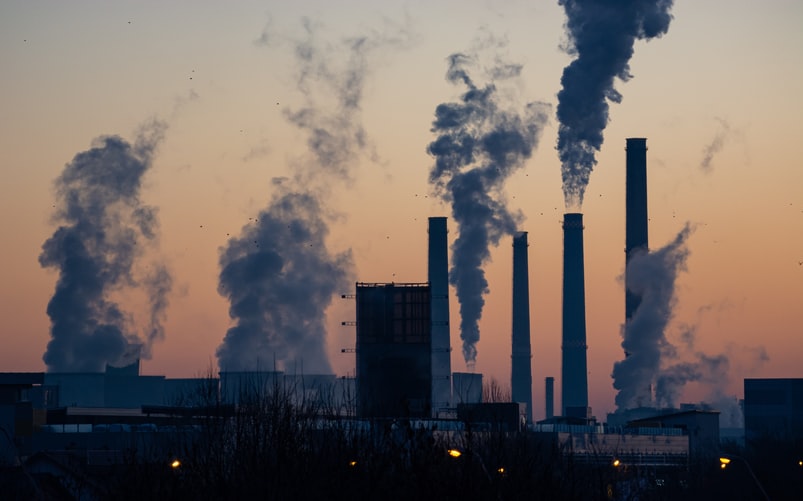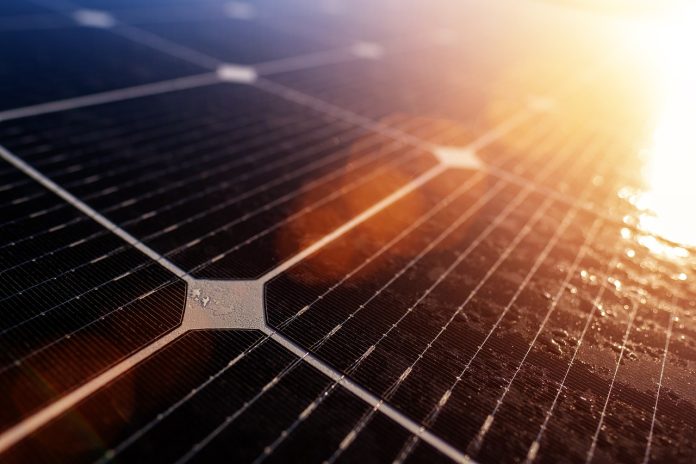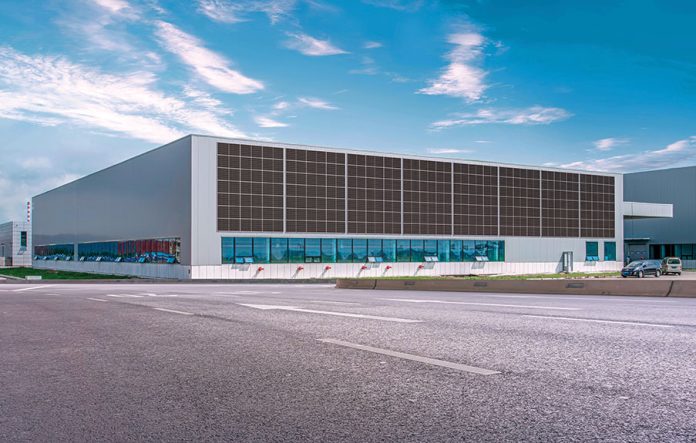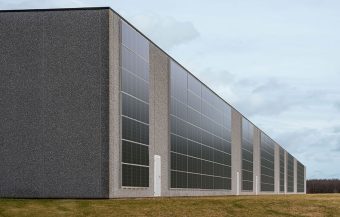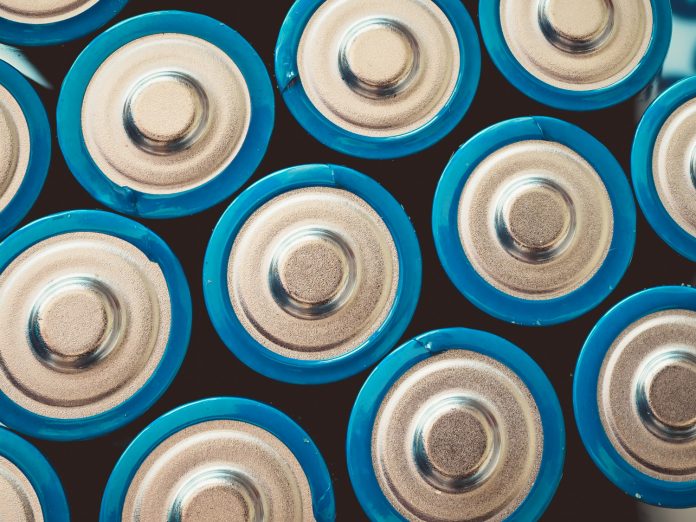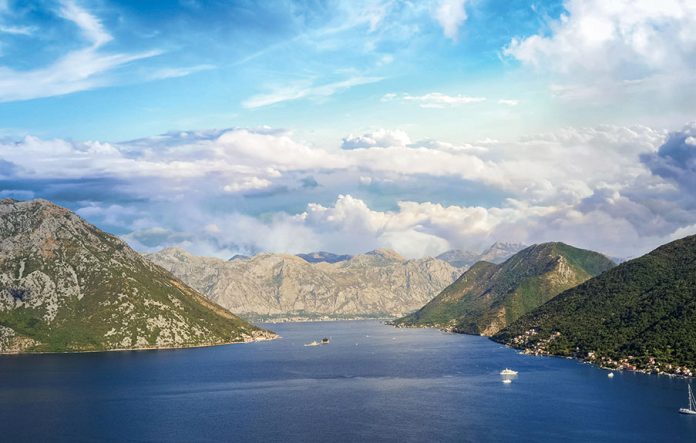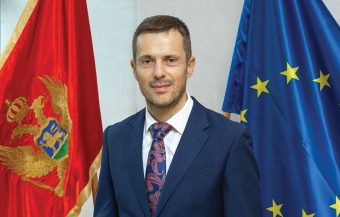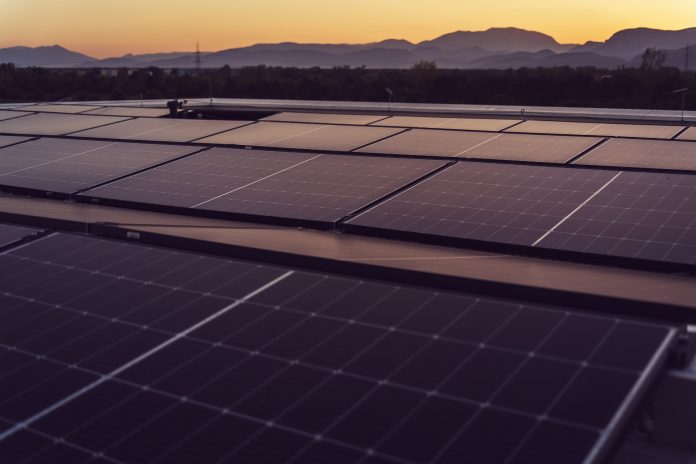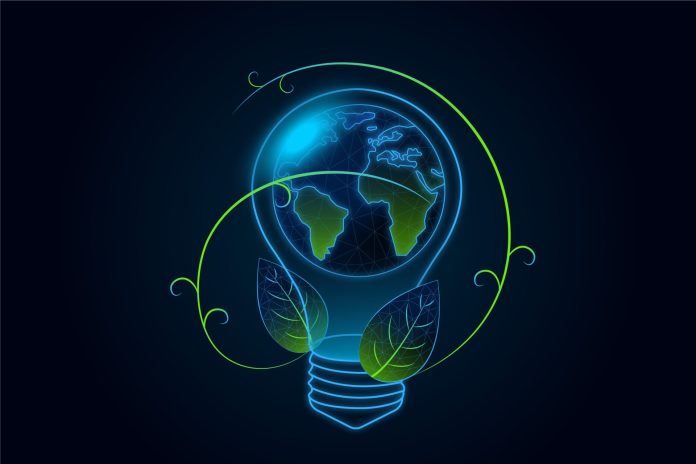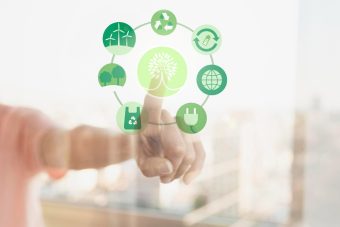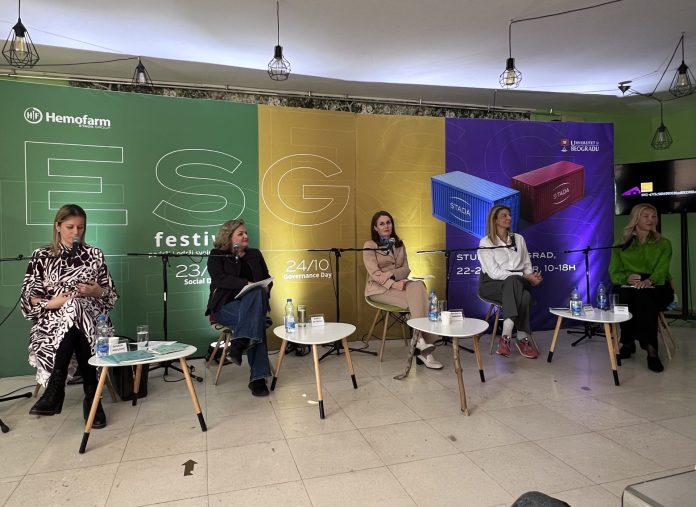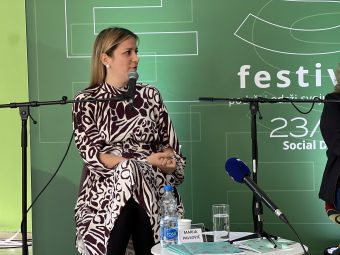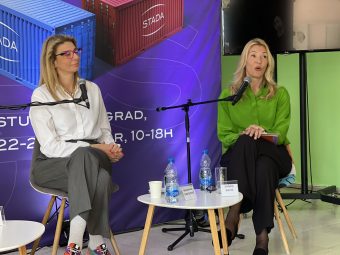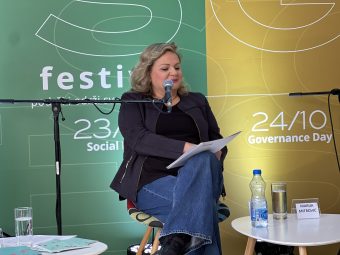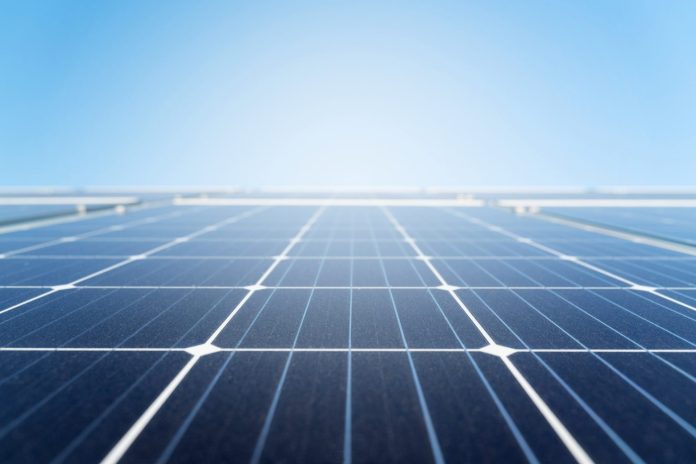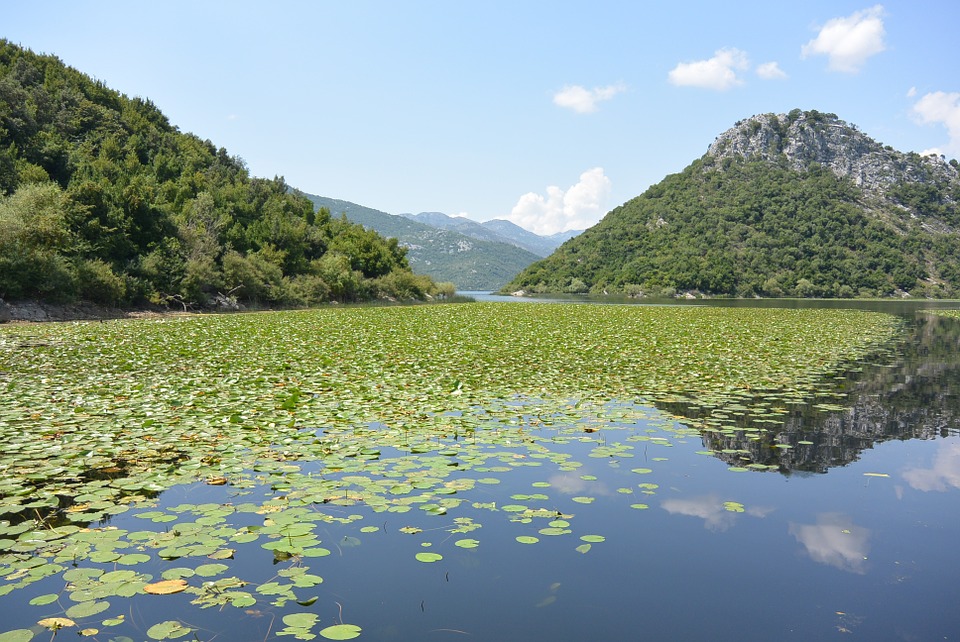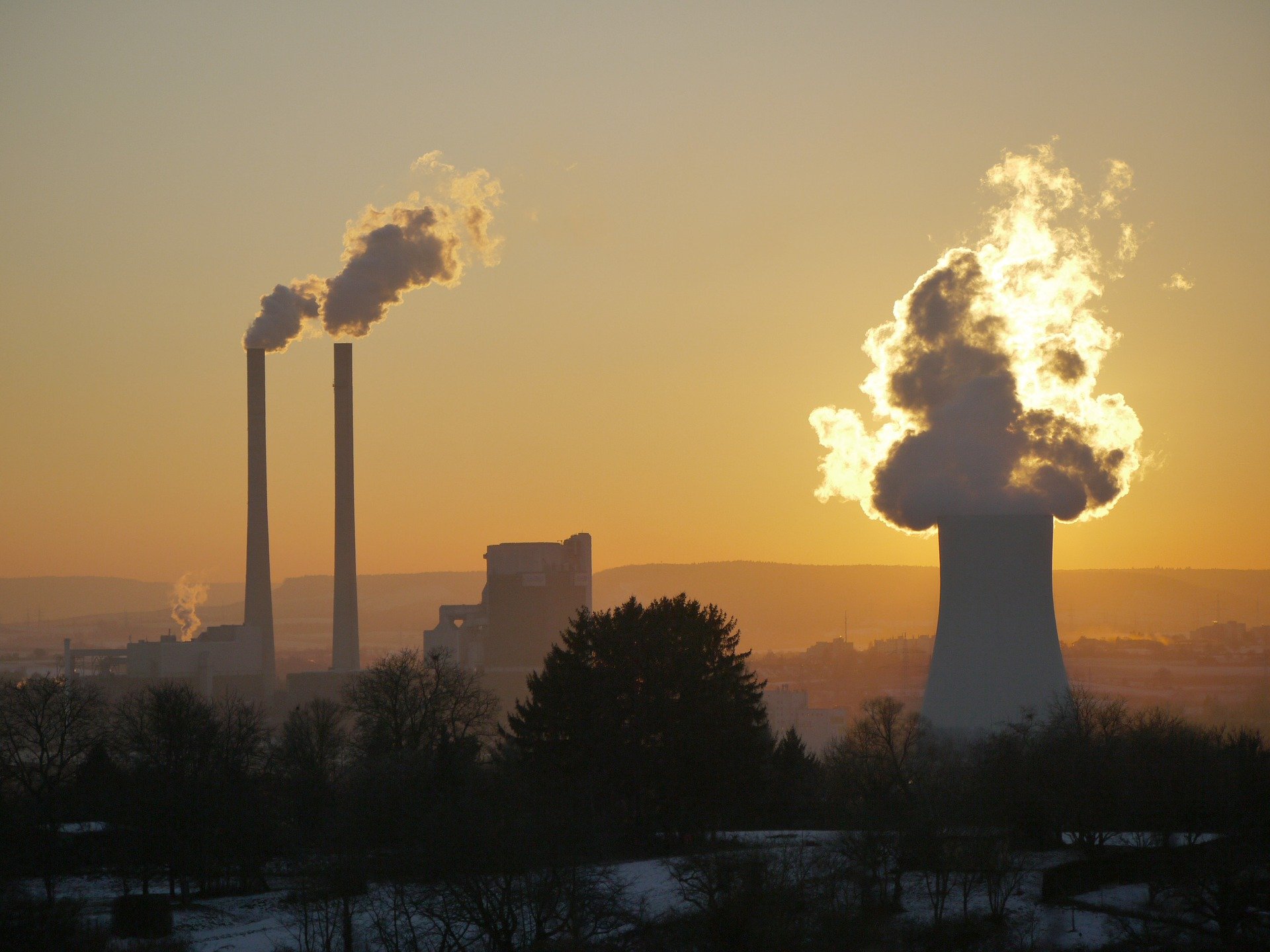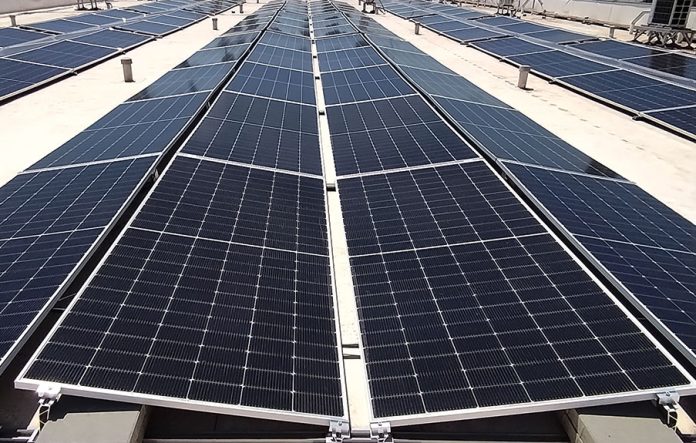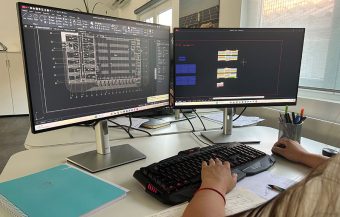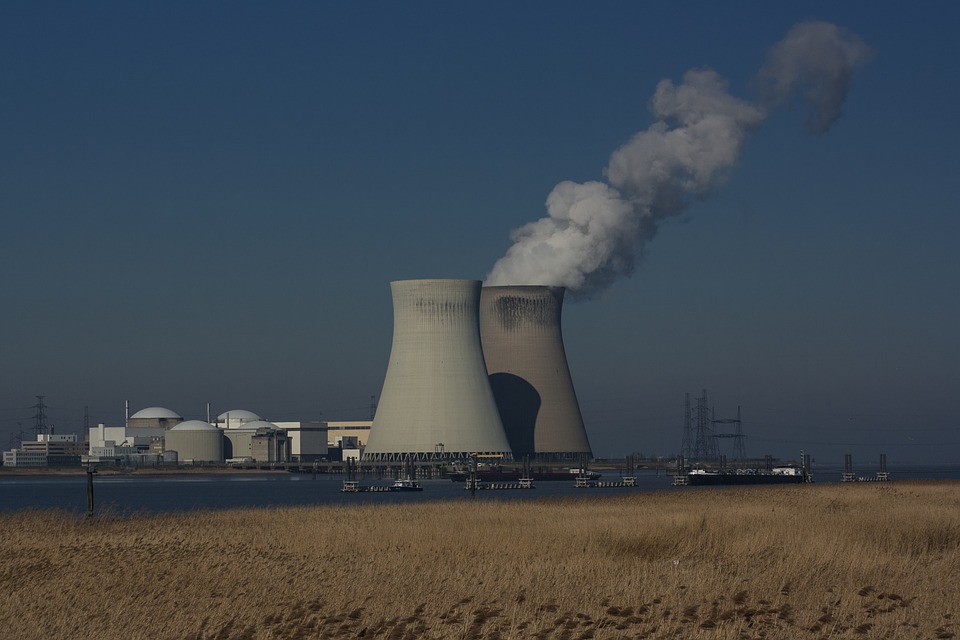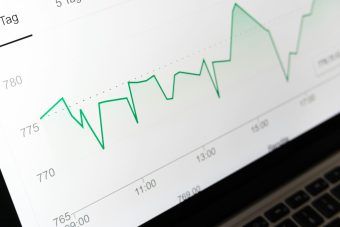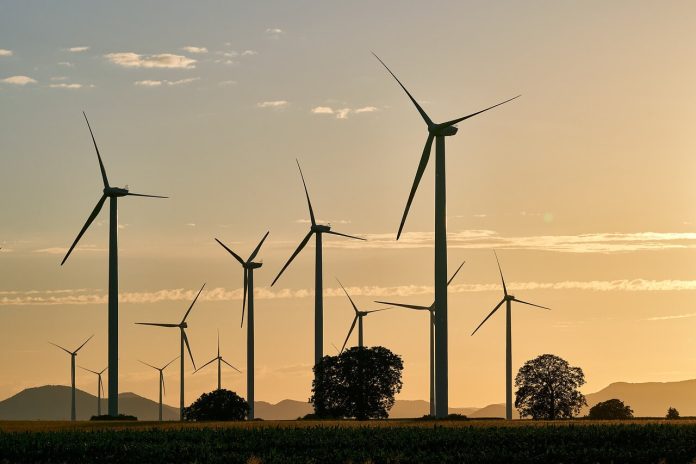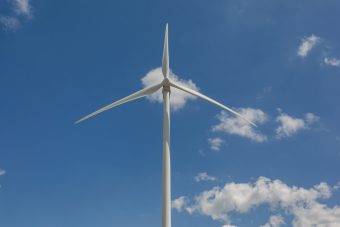In the first half of 2024, average household electricity prices in the EU recorded a small rise compared with the second half of 2023, from 28.3 euros per 100 kWh to 28.9 euros per 100 kWh.
Despite reductions in the cost of energy, supply and network services (-2 percent compared to second half of 2023), total prices slightly increased (+2 percent), as governments scaled back subsidies, allowances, and tax cuts for consumers (total taxes rose by 16 percent, from the second half of 2023). Compared with the first half of 2023 (29.4 euros per 100 kWh), prices saw a minor decline.
Average gas prices fell by 7 percent, compared with the same period in 2023, from 11.9 euros per 100 kWh to 11 euros per 100 kWh. They are also lower by 2 percent than the second half of 2023 (11.3 euros per 100 kWh). When considering the same prices without taxes, they decreased by 12 percent and by 10 percent, respectively.
Compared with the first half of 2023, the share of taxes in electricity bills rose from 18.5 percent to 24.3 percent, up 5.8 percentage points (pp), while it went up from 22.8 percent to 27.4 percent (+4.6 pp) in the gas bill.
This information comes from data on electricity and gas prices published recently by Eurostat. The article presents a handful of findings from the more detailed Statistics Explained articles on electricity prices and on natural gas prices.
More:
- Natural Gas Demand Growth Oicks up in 2024 Amid Uncertainties Over Supply
- From Azerbaijan, One Million Cubic Meters of Gas Per Day During This Winter
- Global Electricity Demand Set to Rise Strongly this Year and Next, Reflecting its Expanding Role in Energy Systems Around the World
Sharp difference in electricity prices for households
The highest electricity prices including taxes for household consumers in the first semester of 2024 were found in Germany (39.5 euros per 100 kWh), followed by Ireland (37.4 euros) and Denmark (37.1 euros).
At the other end of the scale, Hungarian households had the lowest electricity prices (10.9 euros per 100 kWh), followed by Bulgaria (11.9 euros) and Malta (12.6 euros).
In national currency, for the first half of 2024, compared with the same period one year before, household electricity prices, including taxes, decreased in 16 EU countries and increased in 11. Price decreases were partly offset by reducing or removing consumer alleviation measures at national level.
Gas prices decreased for most EU countries
Between the first half of 2023 and the first half of 2024, household gas prices, including taxes, fell in 15 out of the 24 EU countries that report gas prices.
Gas prices (in national currencies) dropped the most in Lithuania (-60 percent), Greece (-39 percent), and Estonia (-37 percent). By contrast, among the countries registering an increase, the price went up the most in Italy (+16 percent), France (+13 percent) and Romania (+7 percent), while the price remained unchanged in Slovenia.
In the industry sector, all countries reported decreases in gas prices, highlighting a definitive downward trend across the EU.
Source: Eurostat


